Here you will find news related to MaTeLiS. If you, as a member of the Materials Center, have a news article or publication which you would like to be linked to, please feel free to contact us.
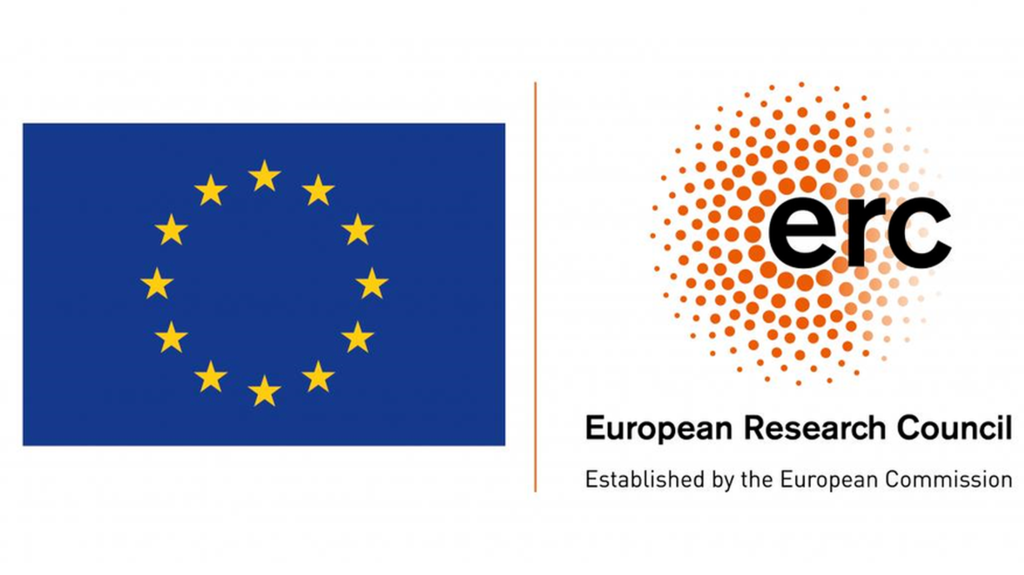
On April 1, 2024, Xufei Fang started his ERC Starting Grant awarded by the European Research Council (ERC) at the IAM-MMI.
His project MECERDIS aims to fundamentally understand the mechanisms of dislocations in ceramics and help tailor new functional ceramic materials.
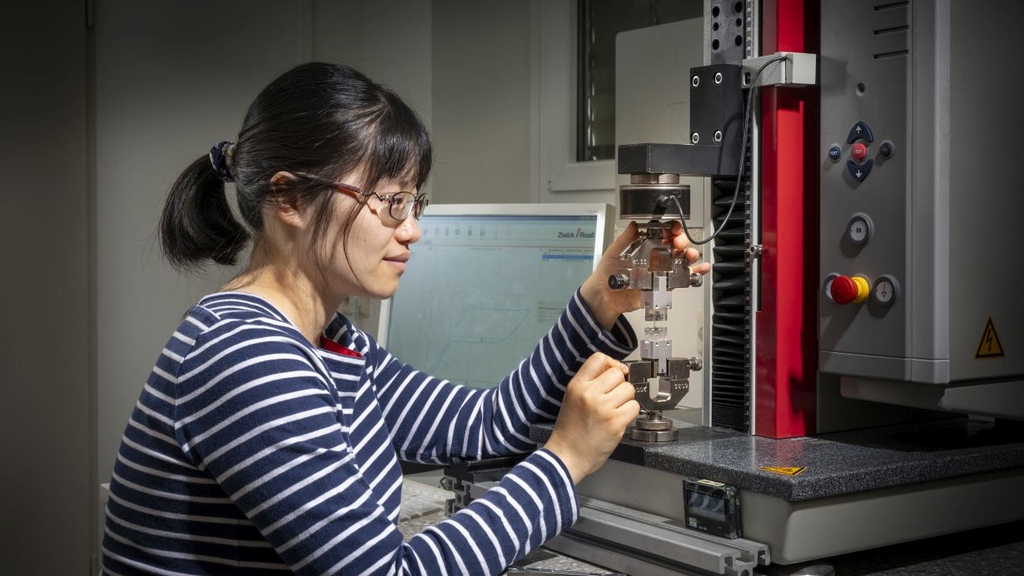
With the Leopoldina Prize for young scientists 2023, German National Academy of Sciences Leopoldina honors Dr. Jingyuan Xu, who researches novel heating and cooling technologies for the energy transition at Karlsruhe Institute of Technology (KIT). Currently, the young engineer can boast two more significant awards: the Hector RCD Award as well as admission to the Global Young Academy, an exclusive association of international young scientists.
Read Article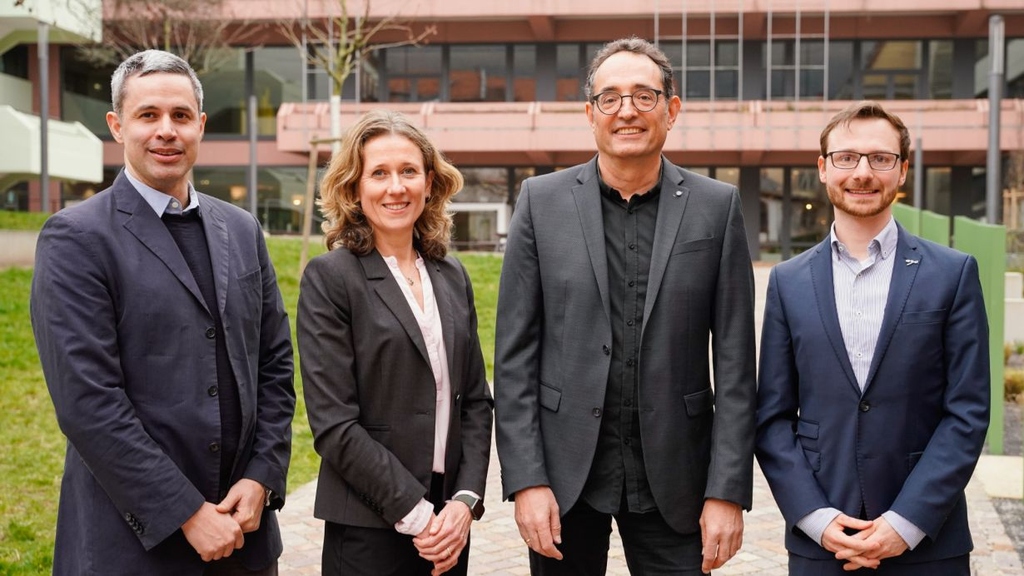
Applying and developing new technologies for DNA synthesis to pave the way for producing entire artificial genomes – that is the goal of a new interdisciplinary center that is being established at Heidelberg University, Karlsruhe Institute of Technology (KIT), and Johannes Gutenberg University Mainz (JGU). The aim of the Center for Synthetic Genomics is to spark new developments in synthetic genomics through basic research and technology development using methods of artificial intelligence. The Carl Zeiss Foundation (CZS) is financing the center’s establishment over a period of six years with a total amount of twelve million euros.
Read Article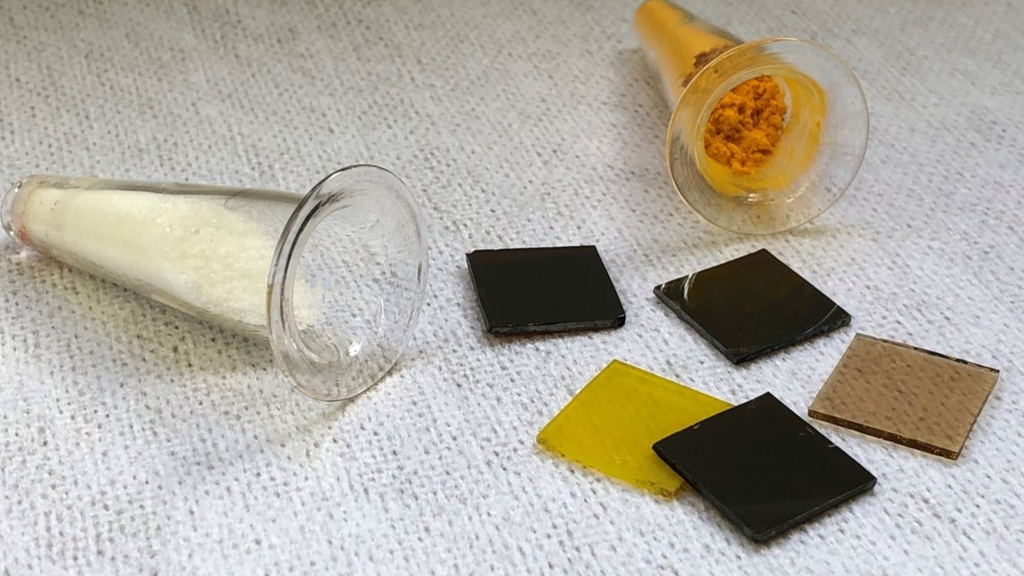
Research and industry worldwide work on the commercialization of perovskite photovoltaics. Most research laboratories focus on solvent-based manufacturing processes, because these methods are versatile and easy to use. Established photovoltaic industries, however, almost exclusively apply vacuum processes for the deposition of high-quality thin films. An international consortium led by Karlsruhe Institute of Technology (KIT) and the US Department of Energy’s National Renewable Energy Laboratory (NREL, USA) has now analyzed this critical discrepancy between laboratory and industry. They emphasize that if improved, industrially tested vacuum processes could contribute to the rapid commercialization of perovskite solar cells.
Read Article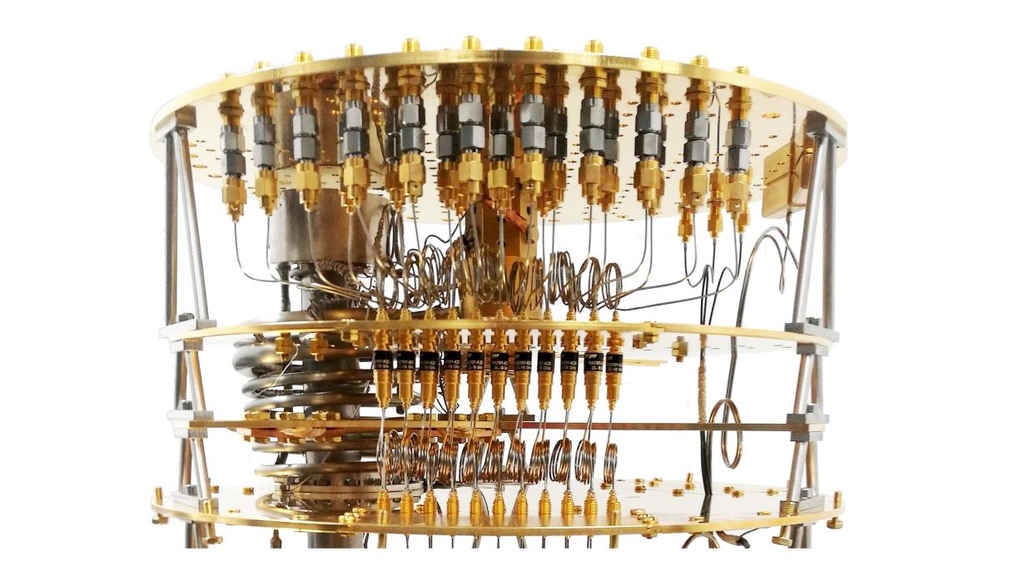
Physicists from Forschungszentrum Jülich and the Karlsruhe Institute of Technology have uncovered that Josephson tunnel junctions – the fundamental building blocks of superconducting quantum computers – are more complex than previously thought. Just like overtones in a musical instrument, harmonics are superimposed on the fundamental mode. As a consequence, corrections may lead to quantum bits that are 2 to 7 times more stable.
Read Article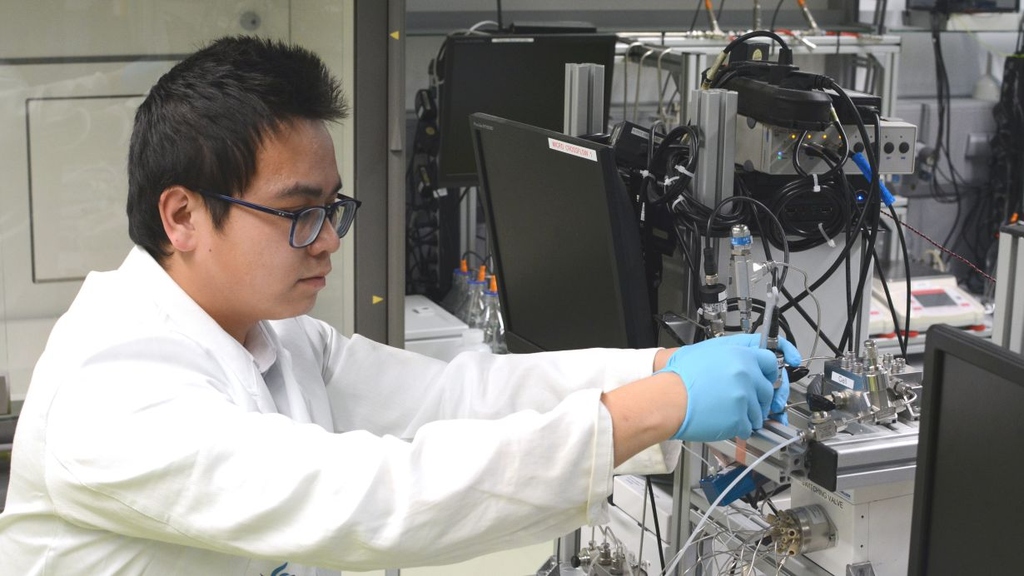
Membranes of vertically aligned carbon nanotubes (VaCNT) can be used to clean or desalinate water at high flow rate and low pressure. Recently, researchers of Karlsruhe Institute of Technology (KIT) and partners carried out steroid hormone adsorption experiments to study the interplay of forces in the small pores. They found that VaCNT of specific pore geometry and pore surface structure are suited for use as highly selective membranes.
Read Article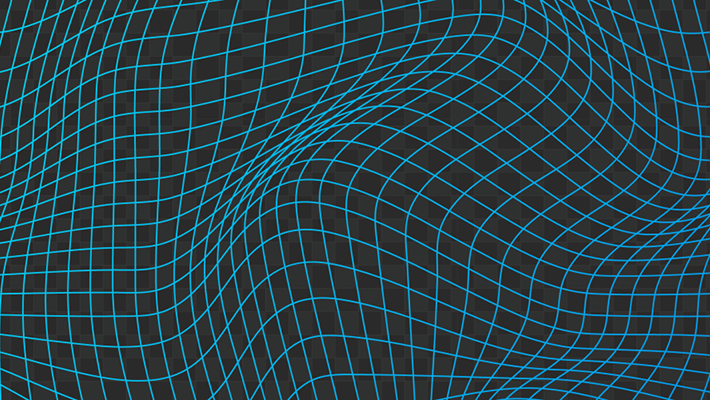
In solid state materials, changes in the crystal lattice are often accompanied by changes in the electronic system. Whether the lattice or the electrons is the primary driver of a transition may, however, be difficult to ascertain. Noad et al. measured the Young’s modulus in the extremely clean material Sr2RuO4 as it underwent an electronic (Lifshitz) transition. The researchers found a large drop in the Young’s modulus at the transition, suggesting that conduction electrons drive a nonlinear elastic response in this material.
Science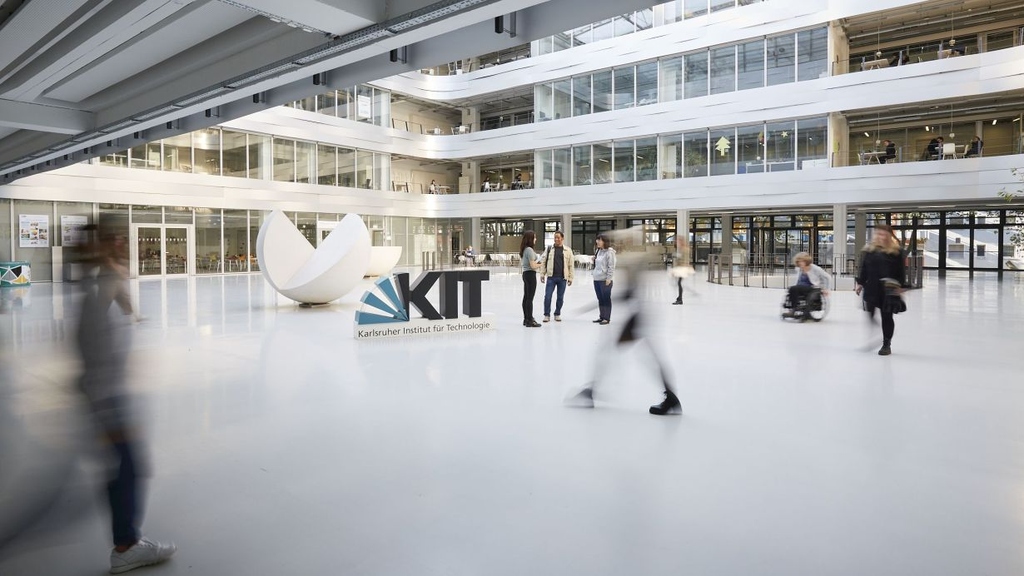
With one new full proposal, Karlsruhe Institute of Technology (KIT) will go into the final of the “Clusters of Excellence” funding line of the Excellence Strategy Competition launched by the federal and state governments. KIT’s sketch of a chemical platform for highly precise quantum architectures convinced the international expert jury. The results of the first selection round were announced by the German Research Foundation (DFG) and the Council of Science and Humanities (WR) this morning (February 2, 2024). In addition, KIT and its partners will submit renewal proposals for the two existing Clusters of Excellence on 3D designer materials and battery research.
Read Article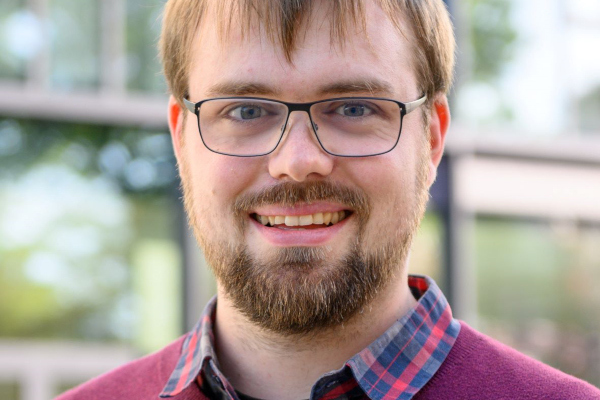
The DFG has awarded Sören Lehmkuhl with an Emmy Noether Independant Junior Research group. The central research goal will be to develop a new sensor based on the RASER approach.
Read Article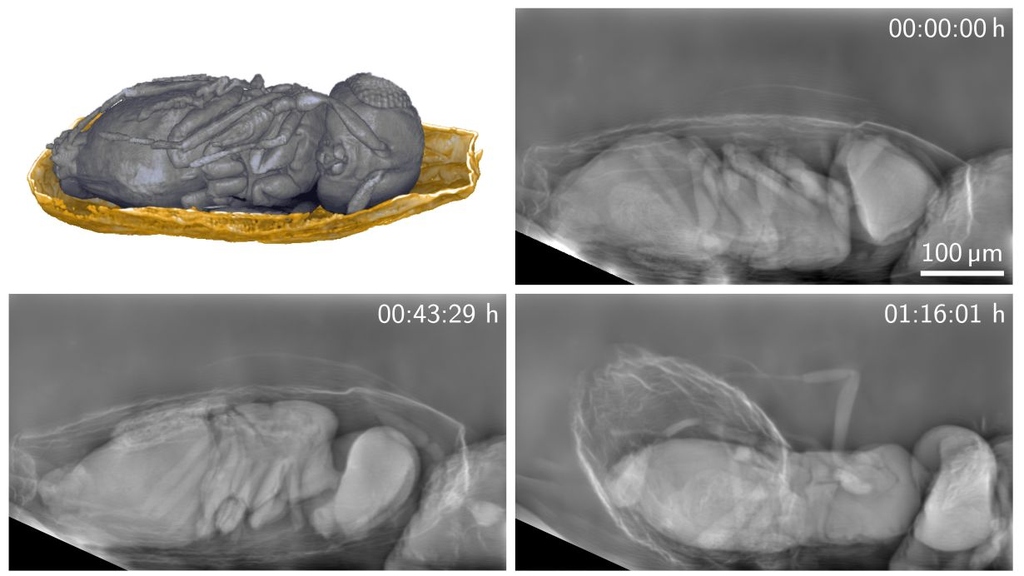
Researchers from Karlsruhe Institute of Technology (KIT) and partners all over Germany have developed a new system for X-ray imaging, which is suited for both living specimens and sensitive materials. The system records images of micrometer resolution at a minimum radiation dose. In a pilot study, the researchers tested their method on living parasitic wasps and observed them for more than 30 minutes. They report in Optica.
Read Article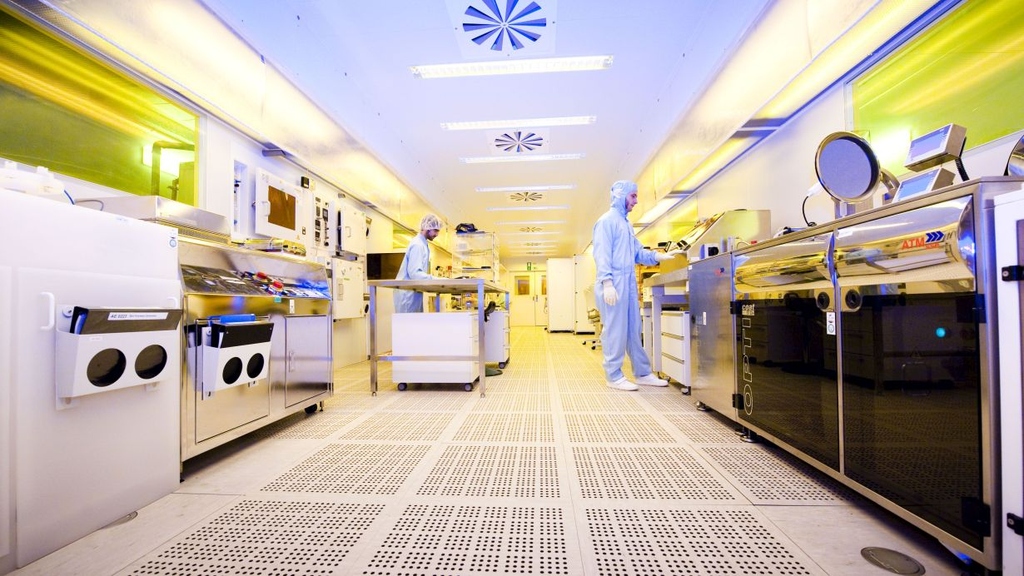
The Karlsruhe Center for Optics and Photonics (KCOP) is taking shape. At the new, highly modern technology center of Karlsruhe Institute of Technology (KIT), research teams will work on applications of light or photons. These include highly efficient photovoltaics, 6G communication and glass fiber networks, novel quantum sensors, superconducting detectors, extremely fast 3D image acquisition, and high-resolution microscopy for life sciences. The 56 million Euro building is planned to be inaugurated in early 2026.
Read Article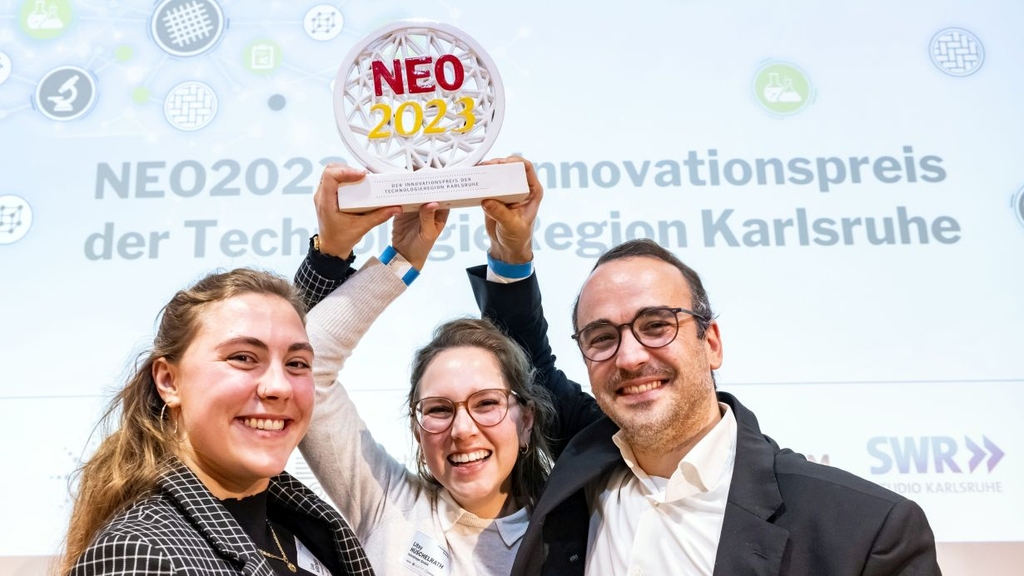
Yesterday evening (November 30, 2023) nanoshape GmbH, a startup of Karlsruhe Institute of Technology (KIT), won the NEO2023 Jury Prize in the amount of EUR 20,000 of the Karlsruhe Technology Region for its surface technology to prevent inflammations of implants. Researchers of KIT’s Institute for Mechanical Process Engineering and Mechanics (MVM) were granted the Prize of the Audience for their electrically conductive and printable adhesive that can be used in microelectronic and solar modules.
Read Article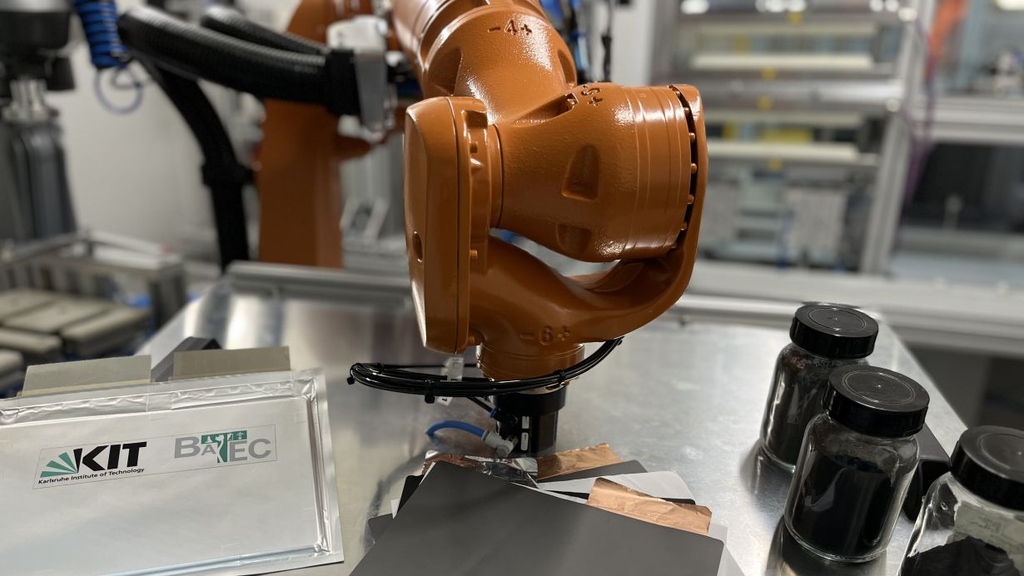
The market for electric cars is growing rapidly and so does the need for lithium-ion batteries. Their recycling is an important part of the production cycle. Current methods are based on the decomposition of active battery materials into their molecular constituents, which is associated with a high consumption of energy and chemicals. Researchers of Karlsruhe Institute of Technology (KIT) and industry partners have now launched a collaboration to develop a more efficient recycling process for spent batteries, by means of which the active components are recovered while maintaining their functionality. The project is funded by the Federal Research Ministry with approximately EUR 3 million.
Read Article
